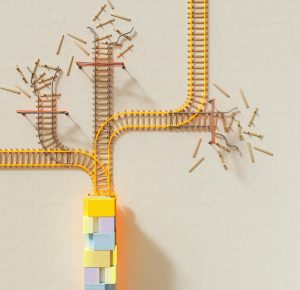Innovative Methods for Reducing Vehicle Noise Pollution
Noise pollution has become a major concern for both human and environmental health. With the increase in population and urbanization, there has been a steep rise in vehicle ownership and use, resulting in a spike in noise levels in urban and suburban areas. Studies have shown that high levels of noise pollution are linked to stress, hearing loss, and other health issues. In addition, it also affects wildlife and disrupts their natural habitats. To combat this issue, innovative methods for reducing vehicle noise pollution have been developed and are being implemented worldwide. In this article, we will explore some of these methods and how they are making a difference.
Electric and Hybrid Vehicles
The most obvious solution to reduce vehicle noise pollution is to shift from traditional internal combustion engines (ICE) to electric or hybrid vehicles. These vehicles run on battery-powered electric motors, which significantly reduce loud engine noises. In fact, they are almost silent when compared to ICE vehicles. This not only reduces noise pollution but also contributes to the overall reduction of air pollution. With advancements in technology, electric and hybrid vehicles are becoming more affordable and accessible to the general public.
Tyre Design and Manufacturing
Tyre noise is another major contributor to vehicle noise pollution. Traditional tyres have treads that make contact with the road, producing friction and noise as the vehicle moves. To tackle this issue, innovative tyre designs have been introduced that reduce noise levels. Low rolling resistance tyres, also known as “eco tyres”, have a smoother tread pattern that reduces friction and noise. In addition, noise-absorbing materials are now being used in tyre manufacturing to further reduce noise levels.
Better Road Design and Maintenance
Road traffic is also a major source of noise pollution. The constant rumbling of vehicles on poorly designed and maintained roads can be a nuisance for those living or working near busy roads. Several countries have started implementing innovative road designs and using noise-absorbing materials to construct roads. In addition, regular maintenance of roads, including filling potholes and fixing uneven surfaces can also significantly reduce noise levels.
Unconventional Noise Barriers
Traditional noise barriers, such as walls, have been used to reduce noise levels near roads. However, these can be expensive to install and may not always be aesthetically pleasing. To combat this, alternative noise barriers have been introduced, such as vegetation barriers and noise-absorbing structures. Vegetation barriers not only provide a natural and aesthetically pleasing solution but also have the added benefit of reducing air pollution. Noise-absorbing structures, such as acoustic panels, can be installed near busy roads and highways to reduce noise levels.
Regulations and Policies
Governments and regulatory bodies have an important role to play in reducing vehicle noise pollution. In many countries, noise pollution is regulated and enforced through noise control laws. These laws specify maximum noise levels for both vehicles and road surfaces, and vehicles must comply with these requirements to be road-worthy. In addition, some countries also offer incentives and subsidies for the purchase of electric and hybrid vehicles, encouraging a shift towards more environmentally friendly and quieter modes of transportation.
Conclusion
Innovative methods for reducing vehicle noise pollution are constantly being developed and implemented to create a quieter and healthier environment. From electric and hybrid vehicles to alternative noise barriers and better road design, these solutions are making a significant difference in reducing noise levels. However, it is important for governments, manufacturers, and individuals to continue to prioritize this issue and work towards a cleaner and quieter future.










